NIST Special Publication 800-171 serves as a critical cybersecurity compliance framework for organizations that handle controlled unclassified information (CUI) on behalf of the U.S. federal government. This comprehensive standard defines specific security requirements that non-federal organizations must implement to protect sensitive government information from cyber threats and unauthorized access.
The framework exists to safeguard controlled unclassified information—data that, while not classified, still requires protection due to its sensitive nature. Examples include technical specifications, financial records, personnel information, and proprietary research data. NIST 800-171 ensures that organizations maintaining this information implement robust cybersecurity measures comparable to those used by federal agencies.
This standard applies to any organization that processes, stores, or transmits CUI as part of federal contracts or subcontracts. This includes defense contractors, technology companies, research institutions, healthcare organizations, and consulting firms that work with government agencies. Without NIST 800-171 compliance, you cannot qualify for federal contracts that involve handling CUI.
What it is
The National Institute of Standards and Technology (NIST) developed this framework as part of its 800-series of cybersecurity publications. Originally published in 2015 and most recently updated in 2024 with Revision 3, NIST SP 800-171 serves as a companion standard to NIST 800-53, which governs federal information systems directly.
The standard’s primary purpose is to establish uniform security requirements for protecting CUI in non-federal systems. It creates a bridge between federal cybersecurity standards and private sector implementation, ensuring consistent protection regardless of where CUI resides. The framework covers everything from access controls and system monitoring to incident response and security training.
Core requirements and principles
NIST 800-171 organizes its requirements into 14 distinct families, each addressing specific cybersecurity domains:
Access control (3.1) focuses on limiting system access to authorized users and controlling what actions they can perform. This includes implementing role-based access controls, restricting privileged accounts, and managing user sessions.
Awareness and training (3.2) requires organizations to provide cybersecurity education to personnel handling CUI, ensuring they understand their responsibilities and can recognize potential threats.
Audit and accountability (3.3) mandates comprehensive logging and monitoring of system activities, enabling organizations to track user actions and detect unauthorized access attempts.
Configuration management (3.4) covers establishing and maintaining secure system configurations, including baseline security settings and change control processes.
Identification and authentication (3.5) requires strong identity verification mechanisms, including multi-factor authentication for accessing systems containing CUI.
Incident response (3.6) establishes procedures for detecting, reporting, and responding to cybersecurity incidents that may affect CUI.
Maintenance (3.7) addresses secure system maintenance practices, including protecting systems during repair and maintenance activities.
Media protection (3.8) covers the secure handling, storage, and disposal of physical and digital media containing CUI.
Personnel security (3.9) requires background screening and security training for individuals with access to CUI.
Physical protection (3.10) mandates physical safeguards for systems and facilities that process or store CUI.
Risk assessment (3.11) requires regular evaluation of cybersecurity risks and vulnerabilities affecting CUI systems.
Security assessment (3.12) covers ongoing testing and evaluation of security controls to ensure their effectiveness.
System and communications protection (3.13) addresses network security, encryption, and secure communications protocols.
System and information integrity (3.14) focuses on protecting systems from malicious code and ensuring information accuracy and completeness.
Types and categories
Unlike some compliance frameworks that have multiple tiers or levels, NIST 800-171 presents a single set of baseline requirements that all covered organizations must meet. The framework distinguishes between basic and derived requirements.
Basic requirements represent fundamental security capabilities that form the foundation of any cybersecurity program. These include essentials like access control, system monitoring, and incident response capabilities.
Derived requirements build upon the basic requirements and address more specific or advanced security concerns. You must implement both basic and derived requirements to achieve full compliance.
The framework also recognizes that organizations may need to tailor requirements based on their specific operational environments and risk profiles. Any modifications must maintain equivalent security protection levels.
Compliance process
Achieving NIST 800-171 compliance typically follows a structured approach that can take 6-18 months depending on your organization’s current security posture and complexity.
The process begins with gap analysis and scoping, where you identify all systems that process, store, or transmit CUI and assess current security controls against NIST 800-171 requirements. This phase reveals compliance gaps and helps prioritize remediation efforts.
System security plan development follows, requiring you to document your security architecture, control implementations, and risk management approaches. This comprehensive plan serves as the blueprint for compliance efforts.
Control implementation involves deploying technical, administrative, and physical security controls to address identified gaps. This phase often requires significant technology investments and process changes.
Documentation and evidence collection ensures that all implemented controls are properly documented with evidence of their effectiveness. This includes policies, procedures, training records, and technical configurations.
Assessment and testing validates that controls work as intended through vulnerability scans, penetration testing, and control effectiveness reviews.
Throughout this process, IT security teams lead technical implementations, while compliance officers ensure documentation meets audit standards. Executive leadership must provide resources and organizational support, while end users require training on new security procedures.
Common challenges
Organizations frequently encounter several obstacles during their NIST 800-171 compliance journey.
Resource constraints represent the most common challenge, as compliance often requires significant investments in technology, personnel, and training. Smaller organizations particularly struggle with these costs and may lack dedicated cybersecurity staff.
Technical complexity emerges when you must implement advanced security controls like multi-factor authentication, encryption, and comprehensive logging across diverse IT environments. Legacy systems may require expensive upgrades or replacements to support required security features.
Documentation burden overwhelms many organizations, as NIST 800-171 requires extensive documentation of policies, procedures, and control implementations. Maintaining this documentation current and accurate demands ongoing effort.
Cultural resistance occurs when security requirements interfere with existing workflows or user convenience. Employees may resist new authentication requirements or access restrictions, requiring change management and training initiatives.
Ongoing maintenance challenges organizations to sustain compliance over time through regular assessments, updates, and continuous monitoring. Many organizations successfully achieve initial compliance but struggle with long-term maintenance.
These challenges often stem from underestimating the scope of compliance requirements or attempting to implement everything simultaneously rather than taking a phased approach.
Benefits of compliance
NIST 800-171 compliance delivers substantial value beyond meeting contractual requirements.
Business growth opportunities expand significantly as compliance qualifies you for federal contracts that handle CUI. This access can represent millions of dollars in revenue and establish long-term government relationships.
Enhanced security posture protects your organization from cyber threats that could result in data breaches, system outages, or financial losses. The comprehensive security controls reduce vulnerability to ransomware, data theft, and other cyberattacks.
Competitive advantage emerges in federal contracting markets where NIST 800-171 compliance serves as a differentiator. Organizations with established compliance programs can respond more quickly to contract opportunities and may receive preference in vendor selection.
Customer trust and reputation benefits extend beyond government clients, as NIST 800-171 compliance demonstrates your commitment to cybersecurity best practices. Private sector clients increasingly value vendors with strong security credentials.
Operational efficiency improvements often result from implementing standardized security processes and technologies.

Related Posts
Stay connected
Subscribe to receive new blog articles and updates from Thoropass in your inbox.
Want to join our team?
Help Thoropass ensure that compliance never gets in the way of innovation.

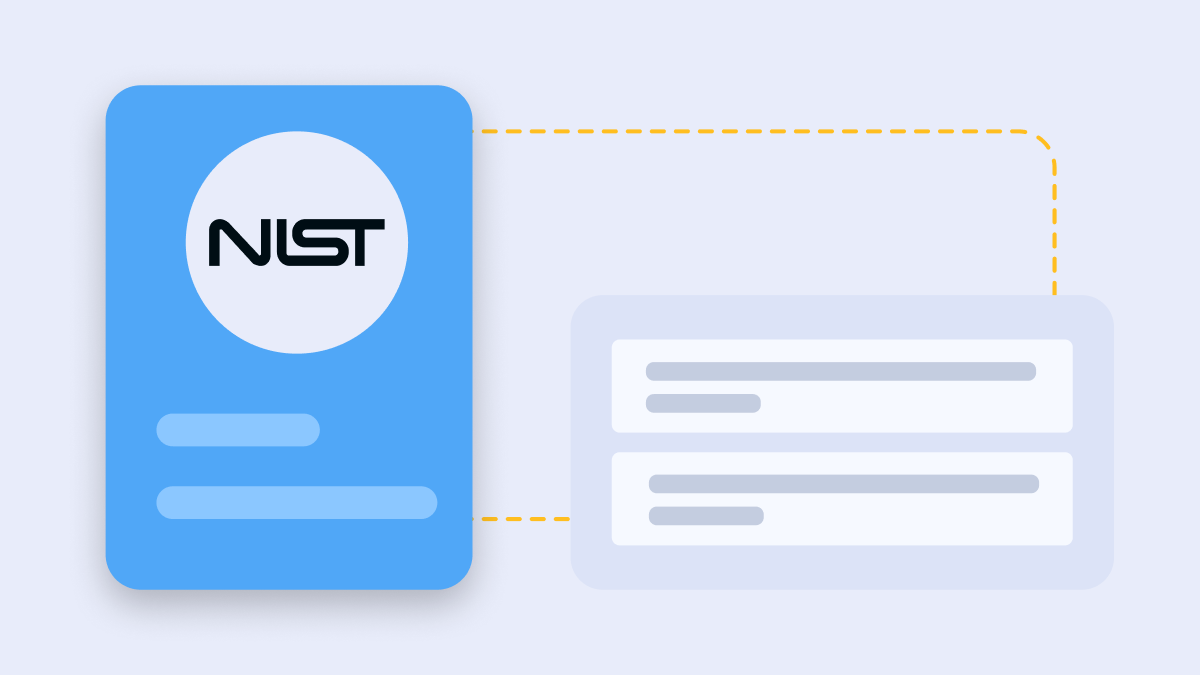
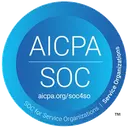


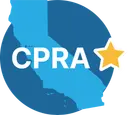




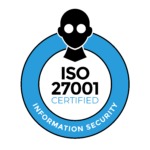

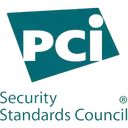
.png)